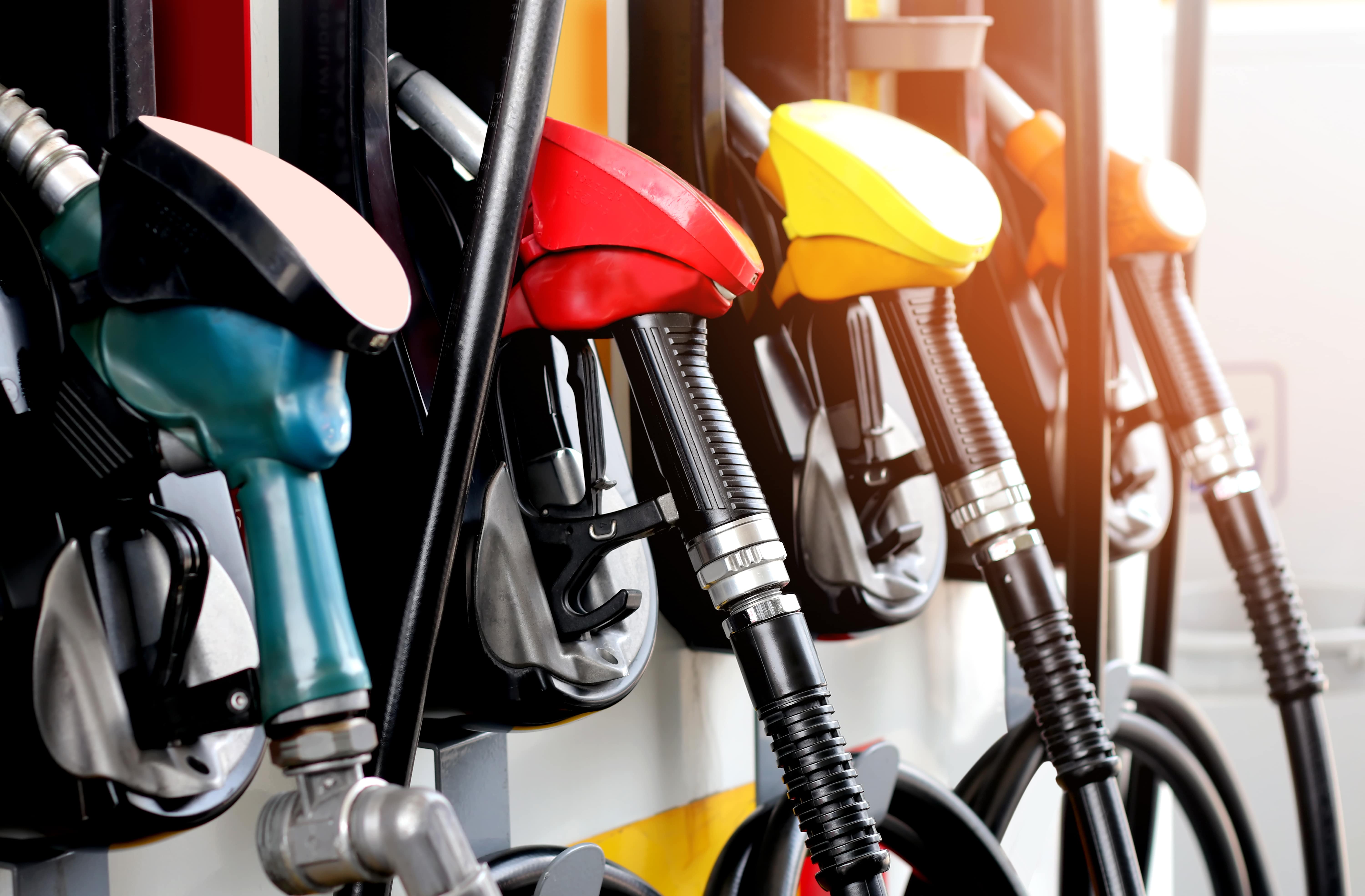
Guest
Dicas de poupança de combustível para condutores de camiões
Criado: 16/08/2024
•
Atualizado: 10/10/2024
A economia de combustível dos veículos é um dos aspectos mais importantes que afectam os custos das empresas de transportes. É vital compreender como melhorar a eficiência do combustível, tanto como gestor como como condutor. Na SNAP, o nosso objetivo é fornecer apoio profissional a todos os envolvidos no transporte de mercadorias - por isso, preparámos uma lista de dicas que podem ajudar na eficiência do combustível na estrada.
Porque é que a economia de combustível é tão importante?
Para compreender plenamente a importância da eficiência do combustível da gasolina, vale a pena considerar o papel que os custos do combustível desempenham nos orçamentos das empresas de transportes. De acordo com vários relatórios, o custo do combustível pode ser responsável por entre 25% e 35% das despesas dos [operadores de frotas] (https://snapacc.com/fleet-operators/). A utilização de dicas de poupança de combustível pode reduzir consideravelmente os custos, permitindo libertar uma parte importante do orçamento para outros investimentos.
Outro aspeto que justifica o consumo de combustível é a ecologia. Apesar de os veículos eléctricos estarem lentamente a ganhar terreno no transporte de mercadorias, a maioria das frotas continua a ser constituída principalmente por camiões equipados com motores de combustão normais. Uma vez que os transportes são responsáveis por um quinto das emissões globais de poluição, as dicas de poupança de combustível podem ajudá-lo a si e à sua empresa, mas também ao planeta como um todo.
Dicas de poupança de combustível da SNAP para condutores no Reino Unido e na Europa
Para o ajudar a combater o aumento dos custos e a reduzir as emissões de poluição, preparámos uma lista de sugestões para alcançar uma eficiência óptima do combustível da frota. Estas baseiam-se na experiência real e nas recomendações de parceiros de confiança da indústria - pode ter a certeza de que a implementação das nossas dicas terá um efeito importante na sua economia de combustível.

1. Lento e constante ganha a corrida
Embora possa ser tentador tentar chegar ao seu destino o mais rapidamente possível, é importante ter em conta os limites de velocidade durante a condução. Os limites actuais estão em vigor desde 2015, fixando a velocidade máxima nas estradas de faixa de rodagem única e dupla em 50 e 60 mph, respetivamente, e 70 mph nas auto-estradas. É importante notar que os veículos com mais de 7,5 toneladas (sendo o peso calculado com base no peso do camião e no peso das mercadorias) têm limites de velocidade mais restritivos, incluindo 60 mph nas auto-estradas. Está bem documentado que conduzir de forma regular e manter-se abaixo dos limites ajuda na economia de combustível do veículo - além disso, ajuda a evitar multas por excesso de velocidade e reduz drasticamente o risco de acidentes.
2. Aprender sobre a economia de combustível
Para compreender plenamente o impacto do seu estilo de condução nos custos de transporte, é necessário conhecer os meandros da economia de combustível. O MPG é a unidade mais comum utilizada para medir o consumo de combustível da frota. O cálculo é bastante simples, mas as unidades podem ser confusas, uma vez que a maioria das estações de serviço do Reino Unido e da Europa vendem combustível em litros. Um galão do Reino Unido é igual a 4,546 litros. A maioria dos veículos actuais fornece estatísticas MPG em movimento, pelo que pode controlar facilmente o seu consumo de combustível enquanto conduz.
3. Travar menos e conduzir a um ritmo constante
Um estilo de condução calmo pode fazer maravilhas pela economia de combustível do camião. Utilize o travão motor sempre que possível, mantenha uma distância segura entre si e os outros veículos e, acima de tudo, use o bom senso na estrada. Mantenha-se alerta para identificar rapidamente quaisquer situações que possam exigir que abrande e ajuste a velocidade em conformidade para se manter seguro e, ao mesmo tempo, reduzir o consumo de combustível.
4. Conduza com mudanças mais altas sempre que possível
Outro aspeto que deve ter em conta é o funcionamento do motor - mudanças mais altas significam menos rotações por minuto, resultando em menos esforço para o motor. A menos que esteja a descer uma encosta ou a reduzir a velocidade para ultrapassar, tente manter-se na velocidade máxima sempre que possível. Esta é uma das técnicas de condução mais importantes para poupar combustível.

5. Cuide do seu camião
Cuide do seu veículo e ele cuidará de si. Faça a manutenção regular do seu veículo, mantenha-se a par dos níveis de óleo e da pressão dos pneus e controle a eficiência do motor. Estas dicas de condução para poupar combustível podem ser muito úteis e atrasar as reparações e outros trabalhos de manutenção. Um aspeto frequentemente negligenciado da economia de combustível da frota é o enchimento correto dos pneus, que pode reduzir o consumo de combustível em até 2%.
6. Planeie o seu percurso e mantenha-se informado sobre as condições da estrada
Planear o seu itinerário com antecedência pode ajudá-lo a evitar fazer curvas erradas e acrescentar quilómetros desnecessários à sua viagem. Muitas vezes, isto é feito automaticamente pelo seu dispositivo de navegação por satélite, mas também precisa de se manter informado sobre possíveis desvios e más condições da estrada para otimizar ainda mais o seu percurso.
7. Tenha em conta a aerodinâmica
O que muitas vezes não é tido em conta quando se dão dicas para poupar combustível é o efeito da resistência do ar no consumo de combustível. A velocidades mais elevadas, mesmo com as janelas abertas pode ser prejudicial para a economia de combustível. As perdas aerodinâmicas podem aumentar o consumo de combustível em até 20% - vale a pena ter este ponto em mente enquanto conduz.
8. Utilizar os camiões mais eficientes em termos de combustível
Esta dica é mais direcionada para os gestores de frotas, mas é inteligente lembrar-se disto também como condutor. Embora seja difícil escolher o camião mais económico, não há falta de camiões eficientes em termos de combustível no mercado, especialmente nos modelos mais recentes. Os camiões com bom MPG são um ativo vital para qualquer empresa de transportes. Embora, em alguns casos, o custo inicial dos melhores camiões MPG possa ser mais elevado do que uma alternativa que utilize mais combustível, as poupanças tornam-se evidentes a longo prazo.
9. Desligue o motor quando estiver ao ralenti
Especialmente quando sai da autoestrada e chega ao seu destino final, que pode ser numa cidade, pode muitas vezes encontrar-se numa situação em que está parado no trânsito, mesmo por períodos mais longos. Nestes casos, vale a pena desligar o motor durante algum tempo. Mesmo os camiões mais eficientes em termos de combustível beneficiam com isso - ao mesmo tempo, pode reduzir as emissões e diminuir os níveis de ruído.
10. Utilize soluções de confiança para o ajudar na estrada
Encontrar um lugar de estacionamento ou um bom lugar para encher o depósito de combustível pode acrescentar muitos quilómetros desnecessários ao seu percurso. Para acelerar o processo, pode utilizar o software TMS (Transport Management System) - a plataforma SNAP está disponível tanto para operadores de frotas como para condutores. As funcionalidades disponíveis incluem o módulo SNAP Parking, que lhe permite encontrar paragens de camiões (https://snapacc.com/map/) e parques de estacionamento - poupando-lhe tempo e combustível.

Resumindo - conduzir com firmeza, ter em conta a aerodinâmica, utilizar o veículo certo e tirar partido das funcionalidades da conta SNAP
Como conseguir uma economia de combustível óptima para o veículo? Há muitas formas de reduzir o consumo de combustível - desde manter um estilo de condução calmo e constante, passando pela utilização dos camiões mais eficientes em termos de combustível disponíveis, até aos cuidados com a aerodinâmica e a manutenção do camião. Também pode obter excelentes resultados tirando partido das funcionalidades disponíveis na plataforma SNAP Account, como o SNAP Fuel e o SNAP Parking.
As nossas soluções estão atualmente a ajudar mais de 185.000 condutores em toda a Europa, ajudando mais de 8.500 frotas a poupar nos custos de combustível. As despesas com combustível podem representar 25-35% das despesas de uma empresa de transportes - para além das vantagens económicas, a eficiência da gasolina é também vital para o planeta, uma vez que ajuda a reduzir as emissões.



